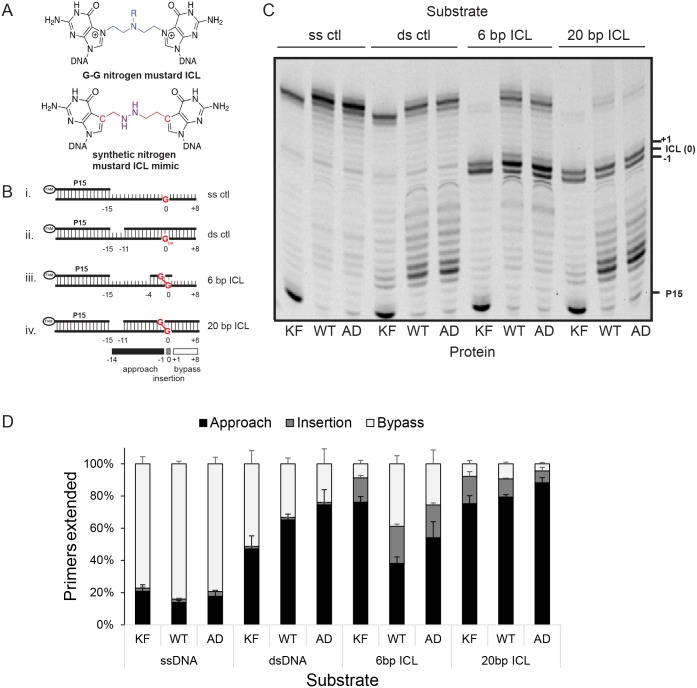Fig 2. Efficient bypass of interstrand crosslinks by Pol θ.
A. Structures of a nitrogen mustard interstrand crosslink (ICL) between two guanines and a 5-atom synthetic nitrogen mustard ICL mimic. B. Substrates used in the primer extension assays. 6-FAM labeled primer was annealed to different templates: (i.) single-stranded control containing ICL precursor G, (ii.) double-stranded control with ICL precursor G, (iii.) ICL substrate in a 6 bp duplex, (iv.) ICL substrate in a 20 bp duplex. Red highlighting indicates ICL precursor G (GOH) or crosslinks. C. Comparison of ICL bypass between Klenow fragment (KF), wild-type Pol θ (WT), and ATPase-dead Pol θ (AD). 5 nM of control or ICL templates were incubated with 1 nM Klenow for 5 min or 0.2 nM Pol θ for 10 min. at 37°C. Products were separated by denaturing PAGE on a 10% gel. D. Quantification of bypass. Each lane was divided into approach (-14 to -1), insertion (0) and bypass (+1 to +8) segments and corresponding band intensities expressed as a percentage of all the products combined. Data represent the mean of three experiments and error bars indicate standard deviations.

